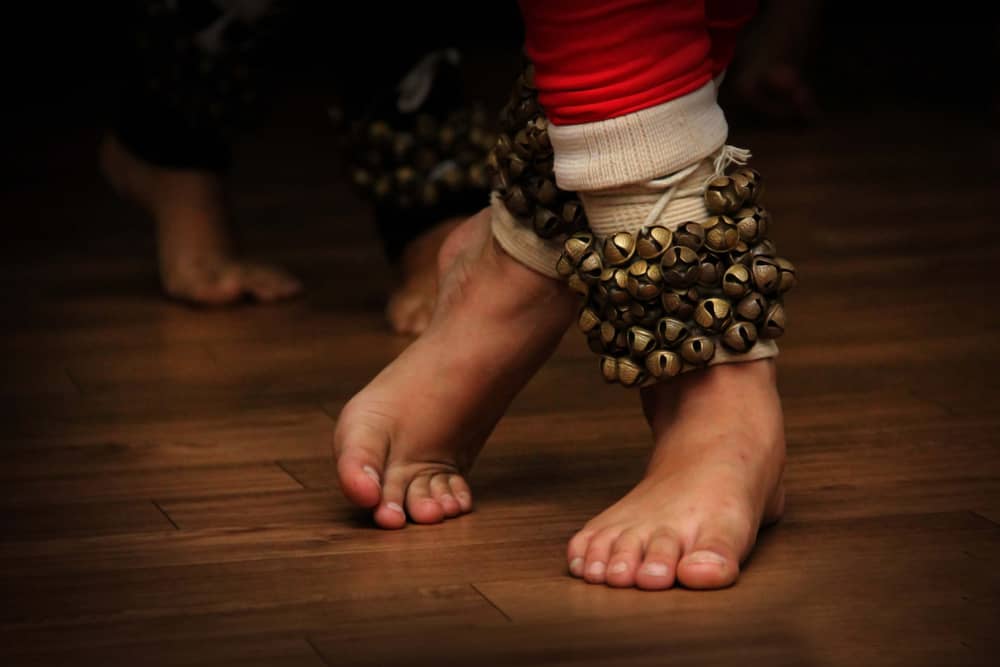Bharatanatyam, one of the oldest classical dance forms of India, has its roots deeply intertwined with Hindu scriptures and mythology. While Bharatanatyam as we know it today has evolved over centuries, its origins can be traced back to the temples of ancient Tamil Nadu, where it was performed as a form of worship and storytelling. Here are some references to Bharatanatyam in Hindu scriptures:
Natya Shastra: Bharatanatyam finds its earliest mention in the Natya Shastra, an ancient Sanskrit text attributed to sage Bharata Muni. The Natya Shastra is considered the foundational text of Indian performing arts, encompassing various aspects of music, dance, and drama. It provides detailed descriptions of gestures (mudras), body movements (angas), and facial expressions (abhinaya), which form the basis of Bharatanatyam.
Puranas: Hindu Puranas, which are ancient mythological texts, often depict stories of gods, goddesses, and divine beings engaged in dance. For example, the Puranas describe Lord Shiva as Nataraja, the cosmic dancer whose divine dance symbolizes creation, preservation, and destruction. Many Bharatanatyam compositions are dedicated to Lord Shiva and his divine dance.
Epics: The two major Hindu epics, the Ramayana and the Mahabharata, contain numerous references to dance and performing arts. In the Ramayana, there are descriptions of celestial beings known as Apsaras dancing in the court of Lord Indra. In the Mahabharata, there are mentions of dance performances during royal gatherings and festive occasions.
Devotional Literature: Bharatanatyam is often performed as a form of devotional expression, particularly in South India. Many devotional compositions, known as bhajans, keerthanas, or padams, are set to music and dance. These compositions often praise the glory of Hindu deities such as Lord Krishna, Lord Shiva, Goddess Parvati, and others.
Temple Inscriptions: Inscriptions found in ancient temples across India provide evidence of dance being performed as part of religious rituals and ceremonies. These inscriptions often mention the names of dancers, the types of dances performed, and the occasions on which they were performed.
Overall, Bharatanatyam’s association with Hindu scriptures reflects its sacred and spiritual significance in Indian culture. It serves as a means of artistic expression, devotion, and storytelling, connecting practitioners and audiences alike to the rich cultural and mythological heritage of India.

